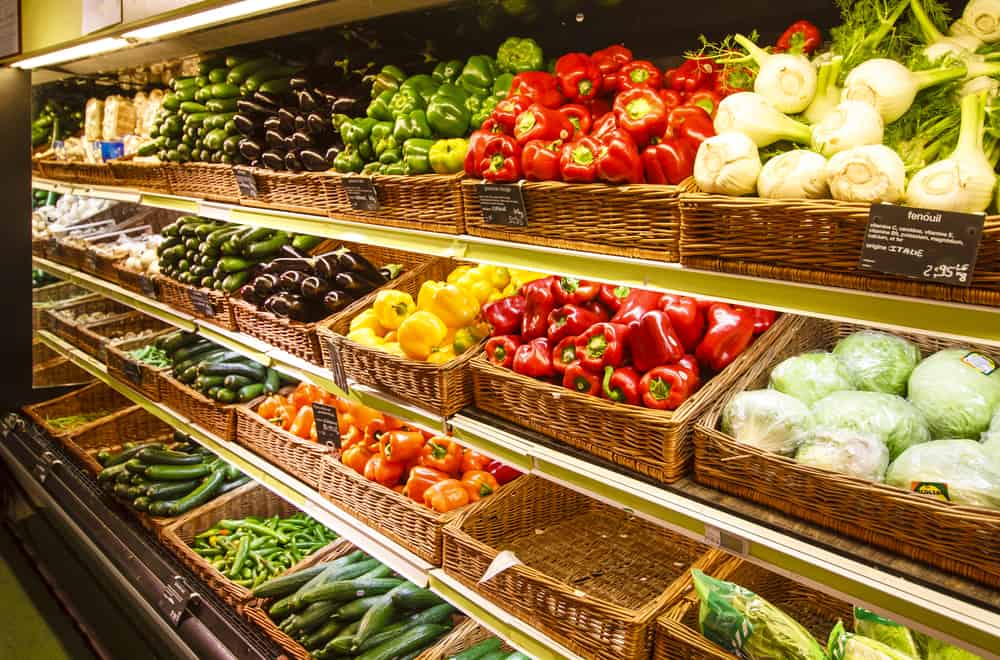As of May 2020, the coronavirus has been transmitted to over four million people worldwide, according to the website Worldometers.
An unprecedented shut down in the food service industry has been set forth on a global scale. In the United States, agricultural producers and growers are losing billions of dollars due to the massive surplus of highly perishable goods. Dairy products and other agricultural crops intended for restaurants, schools, stadiums, theme parks, and cruise ships are dumped and left to rot, while groceries and supermarkets are struggling to meet consumer demands. The overnight shift of food demand triggered a surplus and shortage dilemma in the food supply chain. Panic buying and hoarding of food products forced retail markets to issue limitations for purchasing goods. According to The Guardian, the “disconnect” between food producers and consumers has led to an incalculable increase in food wastes.
Besides production, COVID-19 has greatly disrupted the processing, distribution, and consumption stages of the food supply chain.
Manufacturing plants have shut down to flatten the curve of COVID-19 transmission within the workforce. Twenty-two U.S. meatpacking plants have been closed for sanitation and quarantine after 6,500 workers tested positive for COVID-19. An estimated loss of $13.6 billion dollars in the cattle industry, and $5 billion dollars in the hog industry, are projected following the closure of processing plants. Surpluses in agricultural produce have caused prices to drop, leaving farmers in a dire financial state. With 3.7 million gallons of milk being thrown away daily, 750,000 unhatched eggs being destroyed in chicken manufacturing plants, and 1 million onions being left unharvested, farmers have opted to donate their produce to the U.S. food banks to reduce food wastes. The U.S. government has supported farmers’ financial state by buying their produce and redistributing goods. A government program to connect producers and consumers directly has been launched to save highly perishable food such as fruits and vegetables, seafood, poultry. and dairy from becoming food wastes.
Rectification in the food supply chain requires distribution logistics to work longer hours to keep up with the changes in consumption patterns.
The Food and Agriculture Organization (FAO) has recommended prioritizing logistics to ensure food security. Strategies and interventions for proper coordination classify logistics workers as essential workers in this pandemic season. Trucking capacities have been freed up to maximize the use of transportation. To support food processors and retailers of small and medium-sized enterprises (SMEs), the provision of sufficient public and private storage facilities is essential in ensuring the stockpiles of food to minimize food wastes.
Access to fresh and local products through home delivery is rising in popularity as retail outlets are in continuous risk of COVID-19 transmission. Consumers display a 9% increase in home cooking to maximize their food budget as reported by MarketWatch. Restaurants have also been adapting by selling their stocks as frozen goods to consumers.
Stockpiling behavior shifts as consumers focus on staying fit and growing their own food at home. As consumers brace themselves for the new normal, an increase of demand in baking goods such as yeast, flour, and eggs has seen sales increase. People are coping with the coronavirus pandemic through stress baking. Yeast sales are 647% higher than last year as Americans bake their own bread. Prices have soared from $2.25 per pouch to as much as $49.97 per pouch of active yeast being sold on Amazon through third-party sellers. Though eggs are essential in baking, the supply of eggs intended for mass commercial consumption is still significantly higher compared to demand.
Disruption in the U.S. food supply chain is inevitable as positive cases of COVID-19 continue to rise.
Greatly affecting the workforce, traditional retail outlets, consumer behavioral patterns and confusion in market demands have strained the food supply chain system. Immediate detection of food security issues and the implementation of emergency responses are important steps to avoid a further breakdown of the U.S. food supply. Surpluses of food produced have been absorbed and distributed by U.S. food banks. According to Reuters, a $19 billion dollar relief program has been announced by the U.S. government as aid to farmers greatly affected by COVID-19.
The supply chain is adapting through e-commerce. E-commerce in food distribution promotes direct producer-to-consumer interaction that can alleviate financial losses and food wastes through home deliveries. Packaging solutions and reselling of restaurant food stocks as frozen goods are becoming a trend among business owners to keep the market afloat. With the irreversible impacts of COVID-19 in the global supply chain, food processing plants will seek developments in fully automated processes, eliminating human contact in high-value commodities. The shift from farm produce to homegrown fruits and vegetables has a substantial possibility of persisting into a produce staple even after the COVID-19 pandemic ends.




